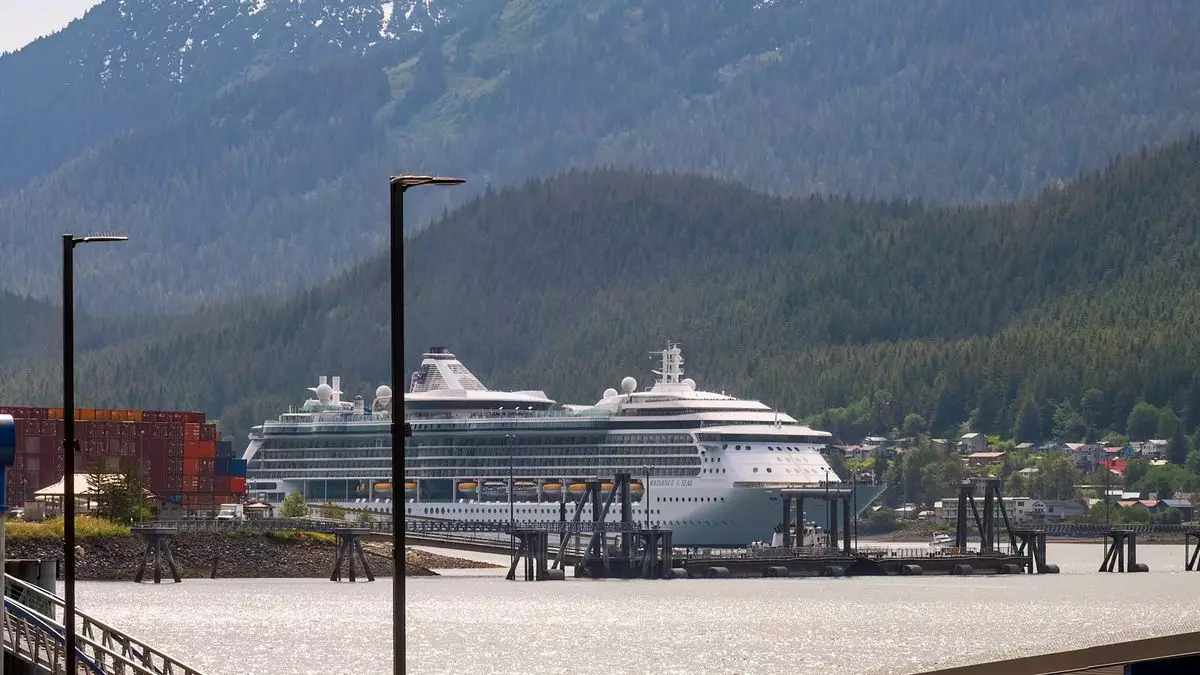In response to growing concerns about overtourism, Alaskan officials have taken significant steps to regulate cruise traffic in Juneau, one of the state’s primary ports. Starting in 2026, a new policy will enforce restrictions on the number of cruise ships allowed to dock and the number of passengers disembarking. The introduction of a five-ship limit on a daily basis, alongside a cap on passenger berths at around 16,000 on most weekdays, aims to alleviate the pressure that excessive tourism has placed on local infrastructure and ecosystems. This threshold signals a pivotal shift in how Alaskan ports manage tourism and preserve their natural beauty.
While the regulations may provide necessary respite for Juneau’s environment, they prompt crucial questions for cruise lines that have yet to establish a foothold in Alaska. Industry players such as MSC Cruises and Virgin Voyages have recently revealed plans to launch Alaskan itineraries coinciding with the new limits, effectively testing the waters of this popular destination. MSC plans to set sail from Seattle starting May 11, 2026, intending to visit key locations like Ketchikan and Juneau. Virgin Voyages is following suit with voyages from Seattle and Vancouver, beginning May 21, 2026, featuring stops at iconic sites including Tracy Arm Fjord and Skagway. This proactive approach illustrates how well-established players can adapt to regulatory changes, but it raises further inquiries about the broader implications for the cruise industry in Alaska.
Notably, long-standing cruise companies such as Carnival Corp. have bolstered their positions with existing berthing agreements, which offer them a competitive advantage in securing prime docking spots. Robert Morgenstern, a senior executive at Carnival Corp., has indicated that the competitive landscape presents challenges for newcomers aiming to infiltrate a market already crowded with established players. He believes that for companies eyeing entry into Alaska, securing berth space may be a steep uphill climb, creating an uneven playing field.
The push toward limiting cruise traffic raises essential questions about sustainability in tourism. Other Alaskan ports, including Sitka, are contemplating similar limitations, reflecting a broader trend within the state to protect natural resources while ensuring economic viability. As the landscape evolves, the industry must consider how to balance the profitability of cruise operations with the ecological integrity of Alaskan destinations.
The changes forthcoming in Alaska mark a crossroads for the cruise industry. While intentions to preserve the environment are commendable, they have cascading effects on market accessibility and competition. The new regulatory paradigm urges businesses to rethink their strategies, adapt to new limitations, and ensure that the breathtaking vistas of the Last Frontier are preserved for generations to come. As players like MSC Cruises and Virgin Voyages enter the fray, it remains to be seen how they will navigate the challenges posed by regulatory constraints while contributing positively to the Alaskan landscape. It is a complex yet essential journey toward sustainable tourism.

